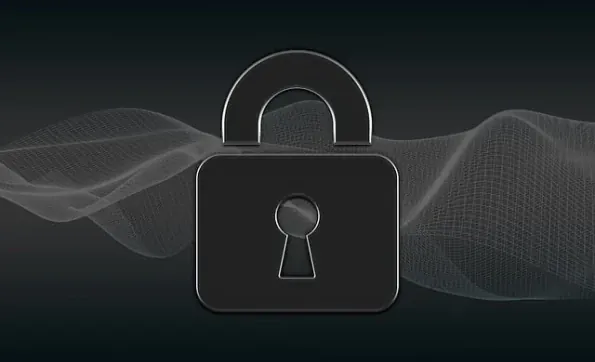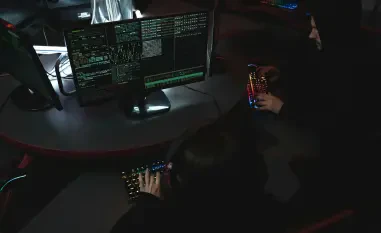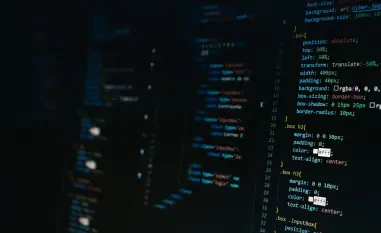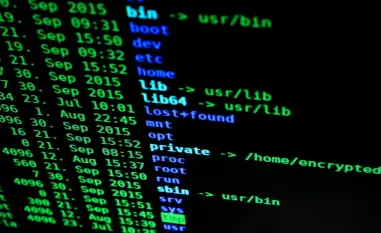In the rapidly evolving domain of cybersecurity, innovative solutions are imperative for staying ahead of ever-evolving threats. Trend Micro has recently taken a pioneering step in enhancing cybersecurity for container environments by integrating its Container Security detection capabilities with the MITRE ATT&CK framework for Containers. This move not only elevates the security stance of organizations but also creates a standardized language for understanding and mitigating container-related threats. This integration marks a significant advancement in the cybersecurity landscape, providing organizations with robust tools and comprehensive frameworks to protect against sophisticated container-based threats.
The Complexity of Container Security
Containers have fundamentally transformed the way applications are developed, deployed, and managed, offering increased flexibility and efficiency. However, the benefits of containers also introduce new security challenges. Containers operate independently from the underlying runtime environment, creating distinct attack surfaces that require specialized security measures. Traditional security methods are often inadequate for addressing the unique risks associated with containers, underscoring the need for a comprehensive framework to bring clarity to this complexity.
The unique nature of container environments means that security teams must adopt new strategies and tools to effectively protect these assets. The isolation and ephemeral nature of containers can make it difficult to apply traditional security controls, necessitating a shift towards more dynamic and integrated security solutions. This is where the MITRE ATT&CK framework for Containers comes into play, providing a structured approach to understanding and mitigating these threats. By integrating container security detection capabilities with this framework, Trend Micro addresses these challenges head-on, offering a robust solution that caters specifically to the nuanced requirements of container environments.
Enter MITRE ATT&CK for Containers
For years, the MITRE ATT&CK framework has been instrumental in the cybersecurity field, providing a robust matrix of adversary tactics, techniques, and procedures (TTPs). The recent expansion to include the ATT&CK for Containers matrix represents a significant stride. This matrix encompasses both orchestration-level (e.g., Kubernetes) and container-level (e.g., Docker) adversary behaviors, delivering a unified perspective crucial for SOC analysts. This expansion facilitates more effective monitoring, tracking, and response to container-related threats.
The inclusion of container-specific TTPs in the MITRE ATT&CK framework allows security teams to better understand the full spectrum of potential threats. By mapping these behaviors, organizations can develop more targeted and effective defense strategies. This comprehensive approach ensures that all aspects of container security are addressed, from initial deployment to ongoing management and monitoring. By providing a common language and framework for assessing and responding to container threats, the integration of Trend Micro’s capabilities with MITRE ATT&CK empowers organizations to enhance their security postures more systematically and effectively.
Why This Matters to SOC Analysts and Executives
SOC analysts greatly benefit from mapping container security detection capabilities to the MITRE ATT&CK framework. This integration offers a clear, structured approach to identifying and mitigating threats, simplifying the complexities of managing container security. With a single, coherent framework, analysts can better understand and respond to attacks, which streamlines workflows and enhances the protection of critical assets. The ability to map security incidents to a well-established framework like MITRE ATT&CK significantly improves the efficiency and effectiveness of incident response efforts.
For executives, this alignment holds substantial importance. C-level executives and board members increasingly recognize the criticality of robust cybersecurity measures. Trend Micro’s alignment with the MITRE ATT&CK framework showcases its commitment to leading-edge cybersecurity innovation, bolstering the company’s reputation and assuring stakeholders that their investments in container security are well-protected. Executives can confidently communicate to their stakeholders that their organizations are employing best practices in container security, enhancing both internal governance and external trust.
Trend Micro’s Commitment to Cybersecurity Excellence
Trend Micro’s role in the development of the ATT&CK for Containers matrix underscores its dedication to advancing cybersecurity. By collaborating with MITRE and contributing real-world attack data, Trend Micro has played an instrumental role in shaping a framework that mirrors the realities faced by security teams. This collaboration yields a comprehensive matrix covering all tactics and over 75% of techniques, offering unparalleled visibility into container-related threats. Trend Micro’s commitment to excellence is evident in its proactive approach to aligning its solutions with the evolving cybersecurity landscape.
This continuous effort to innovate and improve its security solutions ensures that Trend Micro remains at the forefront of cybersecurity research and development. By staying ahead of emerging threats and maintaining a close alignment with industry standards like the MITRE ATT&CK framework, Trend Micro equips its customers with the most effective tools and knowledge to defend against container-specific threats. This dedication to advancing cybersecurity is a testament to Trend Micro’s unwavering commitment to protecting organizations in an increasingly complex and dynamic threat landscape.
Why This Matters to Customers
Trend Micro’s alignment with the MITRE ATT&CK framework offers tangible benefits to its customers. The synchronization ensures Trend Micro’s solutions are both effective and comprehensible. Customers are reassured that their defenses align with industry best practices, forming a formidable barrier against emerging threats. Moreover, Trend Micro’s solutions continuously integrate the latest threat intelligence from its research team, keeping customers perpetually ahead of adversaries. These advantages provide customers with a significant edge in safeguarding their container environments against a wide array of cyber threats.
Customers can trust that their container environments are protected by a solution that is not only robust but also aligned with the most respected framework in the industry. This alignment provides peace of mind and confidence in their security posture, allowing them to focus on their core business operations. By leveraging Trend Micro’s integrated solutions, customers can efficiently manage their container security challenges, ultimately enhancing the resilience and reliability of their infrastructure in the face of evolving threats.
Technical Insights: How Trend Micro Maps to MITRE ATT&CK
Trend Micro’s container security solution integrates a suite of advanced features designed to align with the MITRE ATT&CK framework, encompassing:
Pre-Deployment Scanning: This entails a thorough examination of container images for vulnerabilities, secrets, and malware before deployment. Seamless integration into DevOps workflows ensures only secure images proceed to production. By identifying and remediating vulnerabilities early in the development cycle, organizations can prevent potential security issues from reaching production environments.
Runtime Insights: This feature provides real-time monitoring of container behavior with MITRE-aligned visibility, enabling security teams to detect unauthorized activities, block vulnerabilities, and secure containers throughout their lifecycle. Continuous monitoring ensures that any deviation from expected behavior is promptly detected and addressed, thereby enhancing the overall security of container operations.
Extended Threat Detection: Through the use of over 50 XDR models, Trend Micro extends threat detection and response capabilities specifically for complex container-related attack scenarios using container-specific telemetry. This enriches the ability to quickly identify and counter cloud-based threats. By leveraging extended detection and response capabilities, organizations can achieve a more comprehensive understanding of their threat landscape and respond more effectively to sophisticated attacks aimed at container environments.
Policy Enforcement: Security policies are enforced at deployment using Kubernetes admission controllers, ensuring consistent security measures across all container deployments. Additionally, Kubernetes Security Posture Management (KSPM) monitors compliance, maintaining adherence to security standards. By enforcing stringent security policies at the deployment stage, organizations can ensure a consistent and secure operational environment for their containerized workloads.
Telemetry Aggregation: Collects telemetry data from sensors across the container lifecycle into a centralized platform. This dataset is crucial for advanced analytics and threat detection. Aggregating telemetry data from various stages of the container lifecycle allows for comprehensive analysis and more accurate detection of potential security threats.
Incident Response: Generates prioritized alerts and provides robust tools for incident investigation and response, enabling security teams to swiftly address and mitigate threats. Efficient incident response mechanisms are essential for minimizing the impact of security incidents and ensuring the rapid recovery of affected systems.
Conclusion
In the swiftly changing field of cybersecurity, it is essential to develop new solutions to stay ahead of constantly evolving threats. Trend Micro has recently taken a groundbreaking step to boost cybersecurity for container environments. They’ve integrated their Container Security detection capabilities with the MITRE ATT&CK framework for Containers. This initiative not only strengthens the security measures of organizations but also establishes a standardized language for understanding and mitigating threats related to containers. The integration represents a major leap forward in the cybersecurity arena, offering organizations powerful tools and comprehensive frameworks for defending against advanced container-based threats. This advancement ensures that businesses can more effectively identify, understand, and respond to attacks, thus enhancing their overall security posture. By adopting this integrated approach, organizations are better equipped to protect their assets in an era where container usage is becoming increasingly prevalent, making robust cybersecurity measures more crucial than ever.













